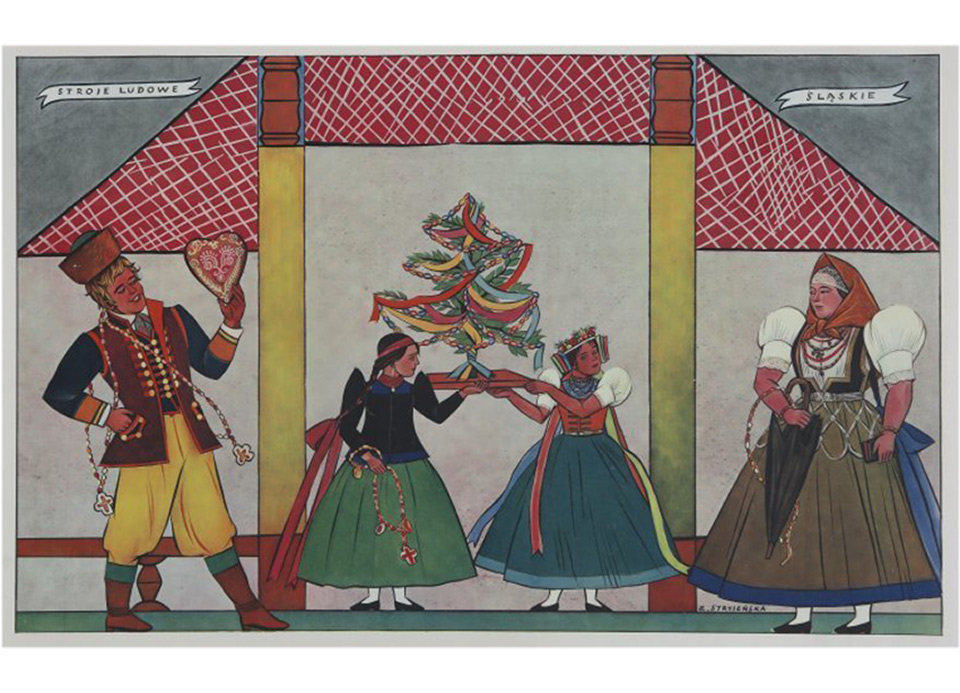On the night of May 2 into May 3, we remember the Third Polish Silesian Insurrection (pol. Powstanie Slaskie).
It was a direct result of 2 earlier Uprisings of which the first one erupted in August 1919 and ill-prepared fell. The Second Uprising began in August 1920 and was more successful. The insurgents subdued 3 key counties of Katowice, Bytom and Tarnowskie Gory. The Polish Uprising Command agreed to cease fighting in return for scrapping German security police and est. a joint Polish-German force instead. March 21, 1921 Upper Silesia partook in a referendum which was to determine whether the Poles or Germans would take territorial control. A marginal German victory was credited to outsider voters who were artificially "brought" in. The Polish reaction was a swift and severe-a general strike and a Third Uprising. Attacking by surprise, with masterfully synchronized interoperability, cutting off railroad lines-Polish forces took control of most of the territory of Upper Silesia. They defended Mount St. Anna (pol. Gora Sw. Anny) with their own bodies in a battle ending with a victory. Of the plebiscite, territory-30% was returned to Poland along with 50% of its Polish pop., mines & Silesian steel mills. A century later we salute these heroes and their leader Wojciech Korfanty. As Poland secured its borders after regaining back independence in 1918-Upper Silesia, affluent in natural resources and the most technologically advanced region in pre-WWII Poland was defended. But it took an armed hands-on Polish operation whose abundant fruits we can admire today: like KGHM Corp.(multi-national major copper-silver producer)-celebrating its 60 birthday-no.6 worldwide in copper & no.1 in Europe for silver production!
Beatrix Czerkawski
Photo depicts PMA Collection Silesian Folk Costumes-ink print by Zofia Stryjenska, 1933.
#powstanieslaskie #wojciechkorfanty #polishsilesia #zofiastryjenska#kghmpoland #onthisday

